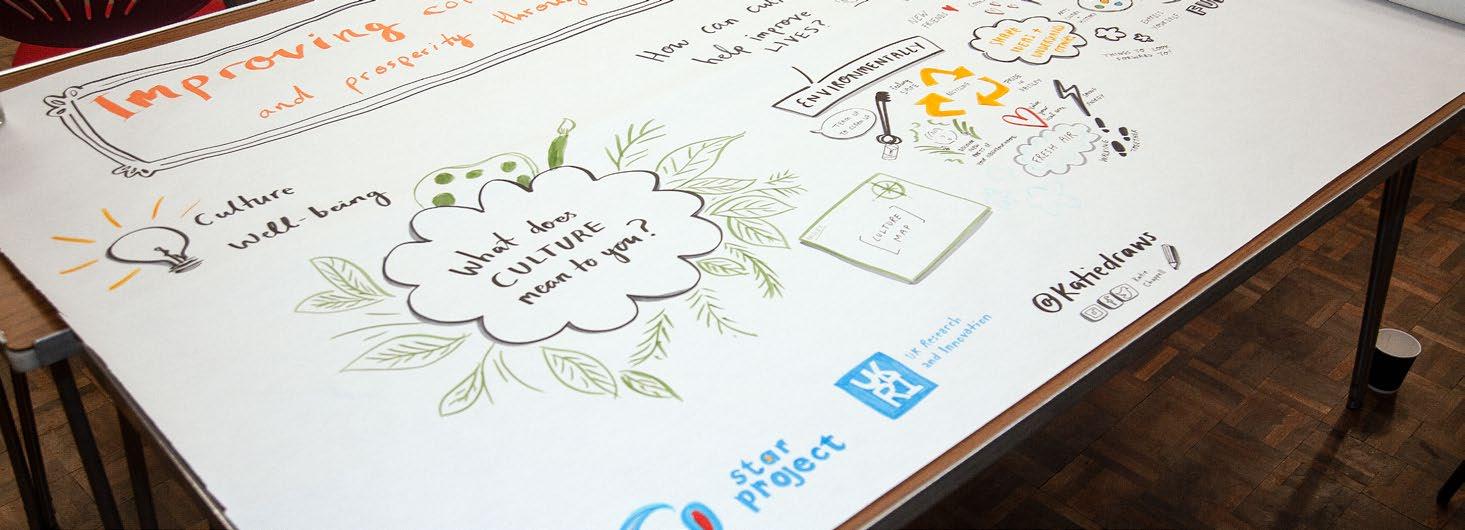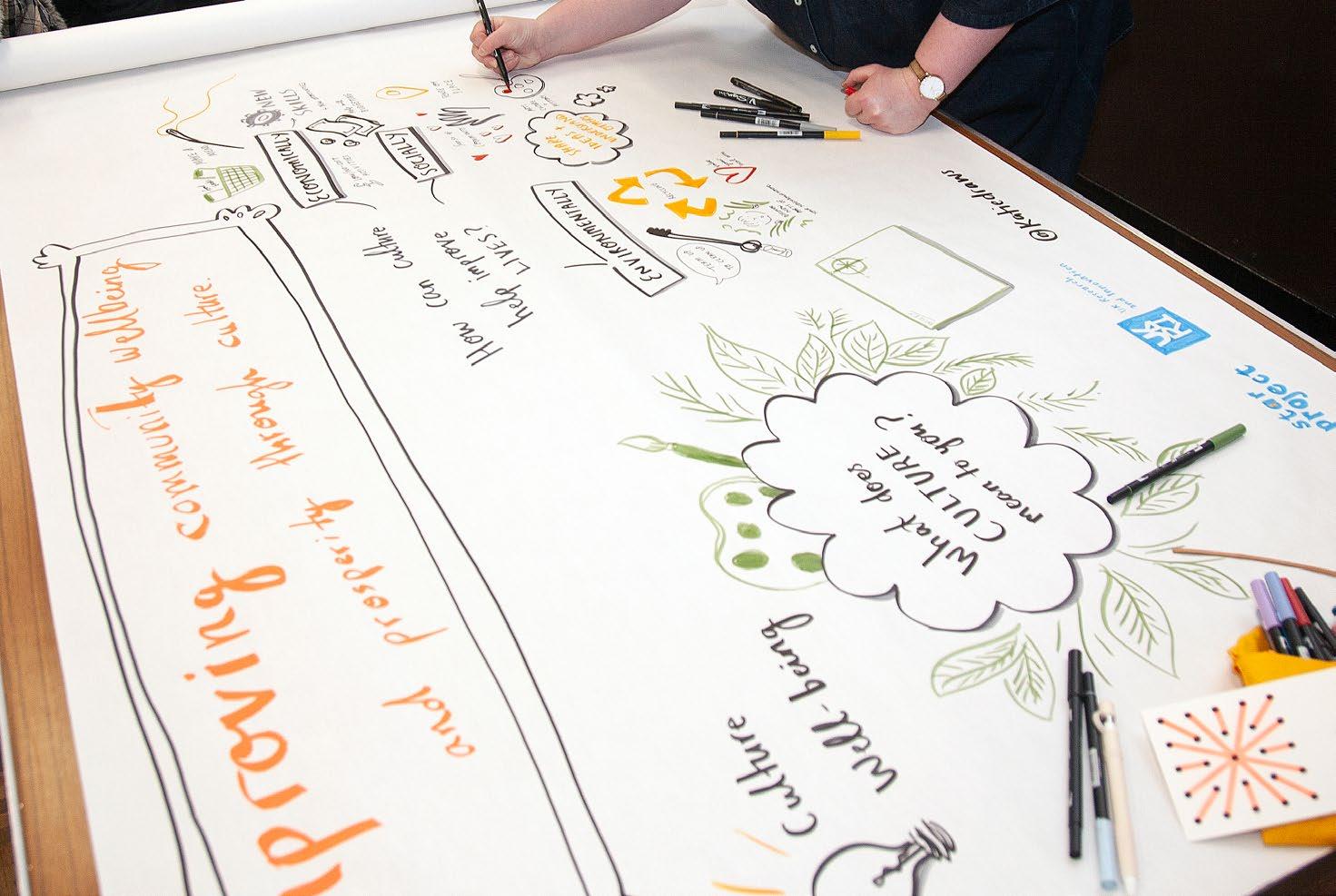6.0 Conclusions This review has examined some of the available literature relevant for understanding the ways in which arts and cultural activities and interventions might be of utility for less well-off communities and individuals. A definition of poverty that distinguishes between material poverty and the effects of material poverty has been advanced. It is clear that a spectrum of claims are made with regard to the ways in which arts and culture can be leveraged for the alleviation of poverty, but it is notable that few concrete examples of successful initiatives have been published. Where poverty is acknowledged, it is often framed as an indicator of need (i.e. denoting inequality of opportunity) or, as an indicator signposting other issues (i.e. wellbeing or educational attainment) that might be addressed through artistic or cultural interventions. It is rare for material poverty to be recognised and addressed as a central issue. Here, the example of the Welsh government’s approach discussed above is unusual. The economics of trickledown effect is more commonly cited as a potential benefit arising from a policy intervention or project. Approaches such as those seen in the work of the Fusion Programme, Homebaked and Slung Low – prioritising skills development, employment programmes, community-led decision making and asset creation to tackle economic inequality while also addressing some issues of immediate need (i.e. food parcels) – remain a rarity. It is difficult to demonstrate causality in the arts/culture and material poverty relationship. Even scholarship setting out to explore this causality provides few concrete examples of measurable success. Instead, evidence of the ways in which arts and cultural activities might assist communities to build skills and find opportunities is more common (see section 4.0). It is nevertheless of value to have a nuanced awareness of where and how interventions might be of utility. The indicators that we have delineated as effects of poverty are potentially more susceptible to intervention. Careful consideration of this interaction at the planning phase of a project will assist stakeholders in delivery of effective interventions. For example, involvement of community members in production and co-production appears likely to be a vital element of potential success. There are some small scale, community focussed examples of undertakings which prioritise this approach (see section 4.1). While they may not produce short-term effects on material poverty, the development of productive relationships, trust and reciprocity can provide stronger foundation upon which more ambitious initiatives can be built. The intersection between the relatively small literature deriving directly from studies of a narrow definition of material poverty/its effects and that on social prescribing is clear. The literature on social prescribing is framed within the wellbeing agenda and seeks to tackle some of the effects of poverty in a space that is slightly removed from the ideologically-charged politics of material poverty. The cross over with studies on health and social care and, the utilisation of medical benchmarks for analysis means that, arguably, social prescription work has begun the process of sharpening up some of the ‘wooliness’ found in the knowledge and evidence base around work with direct relevance for stakeholders working on ‘poverty’. The work that the Welsh Government has undertaken on the basis of Baroness Andrews’ work (Andrews, 2014, subsequently, CWLC, 2019; Black et al, N.D., The Welsh Government, 2019) provides the clearest evidence of a coherent, policy-led strategy to leverage art and culture in a manner in which outcomes demonstrably relate to some of the fundamental problems associated with material poverty. Though even here, indicators overlap with areas that we have identified as relating to the effects of poverty.
17







